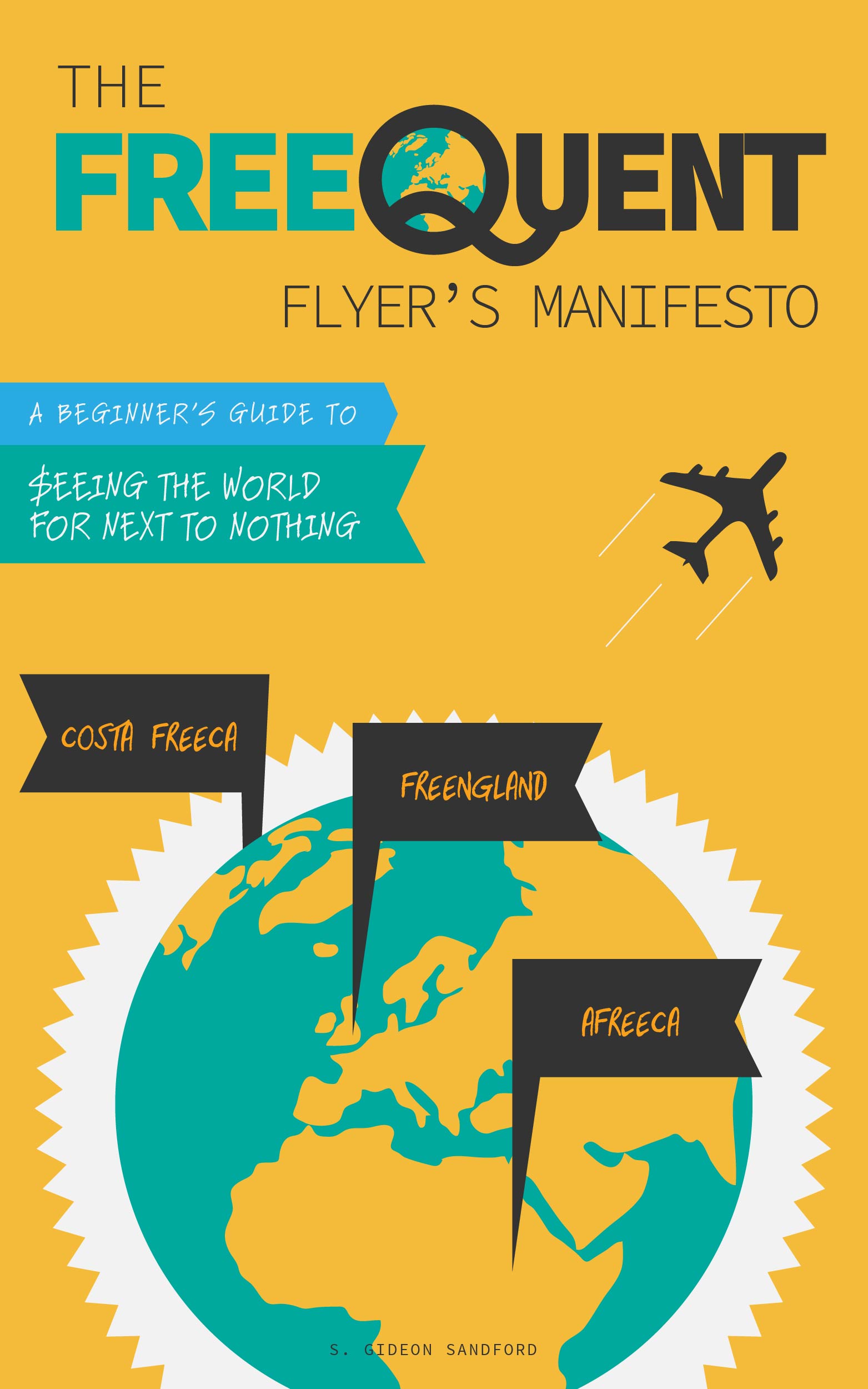Best rate guarantees: a waste of time?
/One of the biggest challenges I had when writing my eBook, The Free-quent Flyer's Manifesto, was the question of how to deal with hotel loyalty programs. I don't think it's any secret that "frequent guest" programs are far more complicated than they need to be, and the reason is obvious: by increasing the amount of time required to understand all the nuances of their loyalty program, each chain hopes to discourage defections to their competitors – once you've mastered Hilton's program, you'd be crazy to throw all that work away and stay at a Marriott! As a consequence, it can be difficult even to figure out how many points you'll earn on any given stay.
My favorite example of this is Hilton's "earning style," where you can select "Points and Points," "Points and Variable Miles" or "Points and Fixed Miles." In order to maximize your points haul, you would have to decide before every stay which earning preference will reap the most valuable rewards.
Over on my hotel rewards page, you can see how I've attempted to cut through the noise and provide a simple calculation of what I call "point density:" the rate at which you earn hotel points, taking into account your elite status and whether or not you charge your room to a co-branded credit card, and the rate at which you redeem those points. Unfortunately, even this isn't 100% complete since I take into account only "base" points, not the bonus points you earn if you select, for example, "Points and Points" as your Hilton "earning style." If you haven't checked it out yet, take a look and tell me what you think.
All of this brings me to one of the most frustrating elements of the hotel booking experience: the best rate guarantee. When you book a room through an online travel agency, the property kicks back a big chunk of your rate to the agency. That's how sites like Expedia pay for their own loyalty programs: they share part of their commission with their users. It's also why reservations made through online travel agencies typically don't earn hotel rewards points. The third leg of this stool is the "best rate guarantee," whereby the hotels promise to match a lower rate you find through other booking channels.
Just for reference, here's a rundown of the best rate guarantee programs of the chains I follow:
- Starwood Preferred Guest: Best Rate Guarantee
- Hilton HHonors: Our Best Rates. Guaranteed
- Marriott Rewards: Look No Further Best Rate Guarantee
- Hyatt Gold Passport: Best Rate Guarantee
- IHG (Priority Club): Best Price Guarantee
- Club Carlson: Best Rates Guaranteed
It sounds great, right? You pay the lower rate, get an additional discount or, at IHG properties, a free night, plus earn elite status credit and hotel rewards. Well, I've filed a lot of best rate guarantee claims over the years, and as far as I'm concerned, it's a waste of time.
Don't get me wrong: the people who are good at finding eligible rates are VERY good at it. You can find almost 2,000 successful reports from Marriott alone in this thread over at Flyertalk. But these guarantees cost the hotel chains real money, so it's not surprising that they are experts at finding ways not to honor them.
Here's an example from just the other week: as I mentioned in another context, I was planning on spending my last night in Prague at the Courtyard Marriott Prague Airport across the street from the terminal. Instead of redeeming points, I thought it would be interesting to see if I could get a better rate using Marriott's Look No Further guarantee. I started on Kayak, and immediately found a much lower rate, one that's actually still available as I write this.
As you can see, a site I'd never heard of, Olotels, is offering a rate that's much lower than that offered through Marriott directly, or the other agencies which use Marriott's inventory.
Obviously, Marriott didn't honor my Look No Further claim, or I wouldn't be writing this blog post! Here's the relevant part of their response:
According to the Terms and Conditions of Marriott's Look No Further(SM) Best Rate Guarantee, the guarantee does not apply to pre-paid rates that involve a voucher (including electronic vouchers) for a hotel stay outside of the United States and Canada. According to our review, we have determined that a travel voucher will be issued for the accommodations with which your comparison was made.
This is all perfectly correct from the point of view of the Look No Further program, but it doesn't change the crux of the matter: whether it's a "travel voucher" or not, a lower room rate is actually available : It's not like you'll show up to the hotel and they'll make you sleep on the roof.
So that's why I've more or less given up on best rate guarantees. I book so few paid stays, preferring to use my points either for free award nights or even "cash and points" redemptions, that staying up-to-date on the terms and conditions of all the relevant programs is a project that is just not worth my time.
For a different perspective, Mommy Points wrote up a number of techniques that she has been able to use successfully for best rate guarantee claims with Club Carlson.


